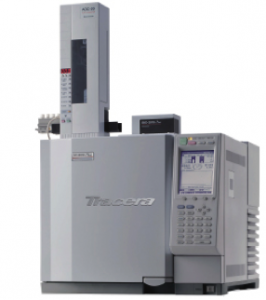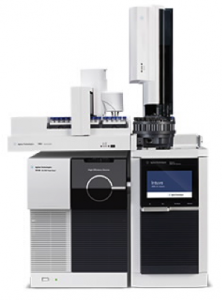March 21, 2018 -- Today at The Science Advisory Board we will share another part of our Chromatography Series. Whether this technology is used frequently in your lab, or you simply want to learn more about how Gas chromatography works, be sure to keep reading.

Gas chromatography (GC) is a gas phase separation technique used to measure the contents present in a sample. The vapor-phase sample passes through a column upon which its various chemical compounds are separated on the basis of their interaction with the stationary phase of the column. The sample is carried through the system and column by an inert carrier gas, such as helium or nitrogen, which is known as the mobile phase. The column contains what is known as the stationary phase. The degree of separation between the sample and the stationary phase is influenced by factors such as flow rate, the nature of the stationary phase, the surface area exposed to the carrier gas, and the column temperature. GC frequently uses temperature changes to improve separations. As the individual components exit from the column, the detector obtains a signal and relays the message to the data acquisition system.

GC columns may be of two types, packed or capillary. Packed GC columns are filled with a stationary phase, or a packing material that is coated with the stationary phase. On the other hand, Capillary columns are thin fused-silica columns with stationary phase coated inner walls. The packed columns can be advantageous as they can accept much larger injection volumes, however they do not offer the separation efficiency of capillary columns. We have found the vast majority of end-users now use capillary GC columns.
Depending on the types of analytes and sensitivity required, GCs may use one or multiple detectors. This can include thermal and electrolytic conductivity, flame ionization, electron capture, nitrogen-phosphorous, photoionization, mass selective, infrared, and atomic emissions detectors. In a later post we will discuss the GC/MS instruments and applications.
Have you used gas chromatography in your research? What did you think about this technology? Share your thoughts below in Discussions!
Copyright © 2018 scienceboard.net


